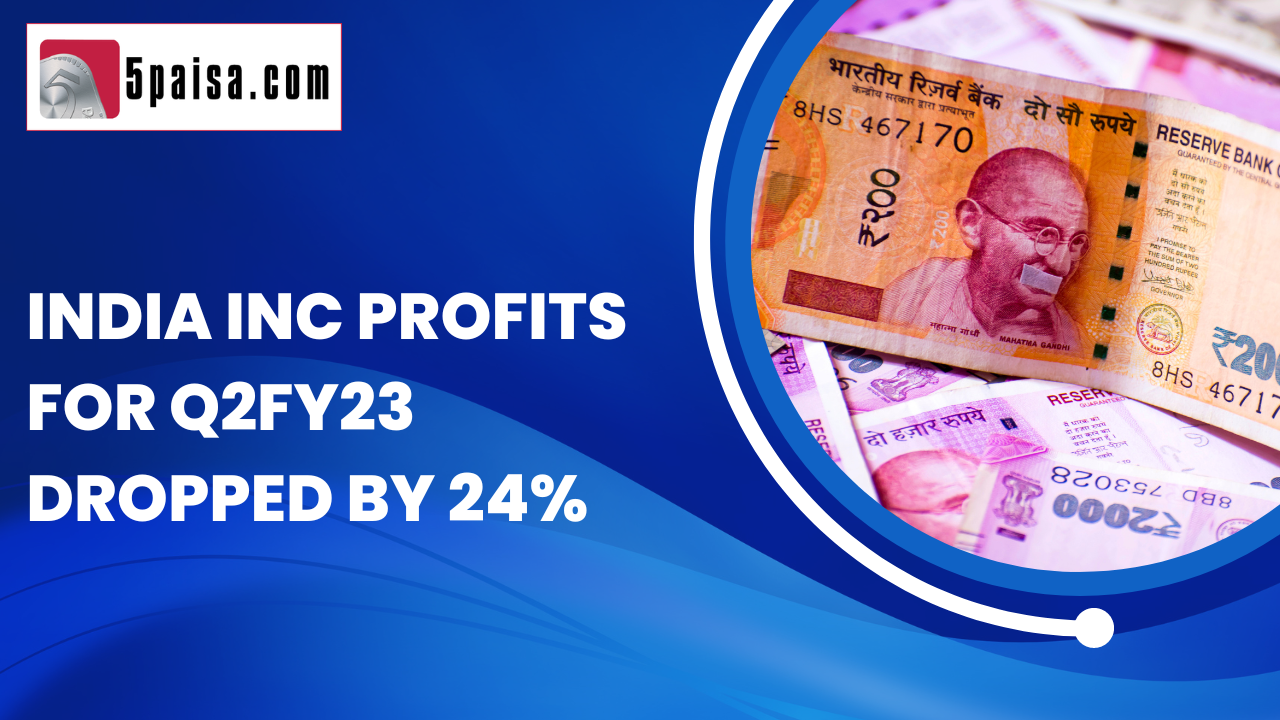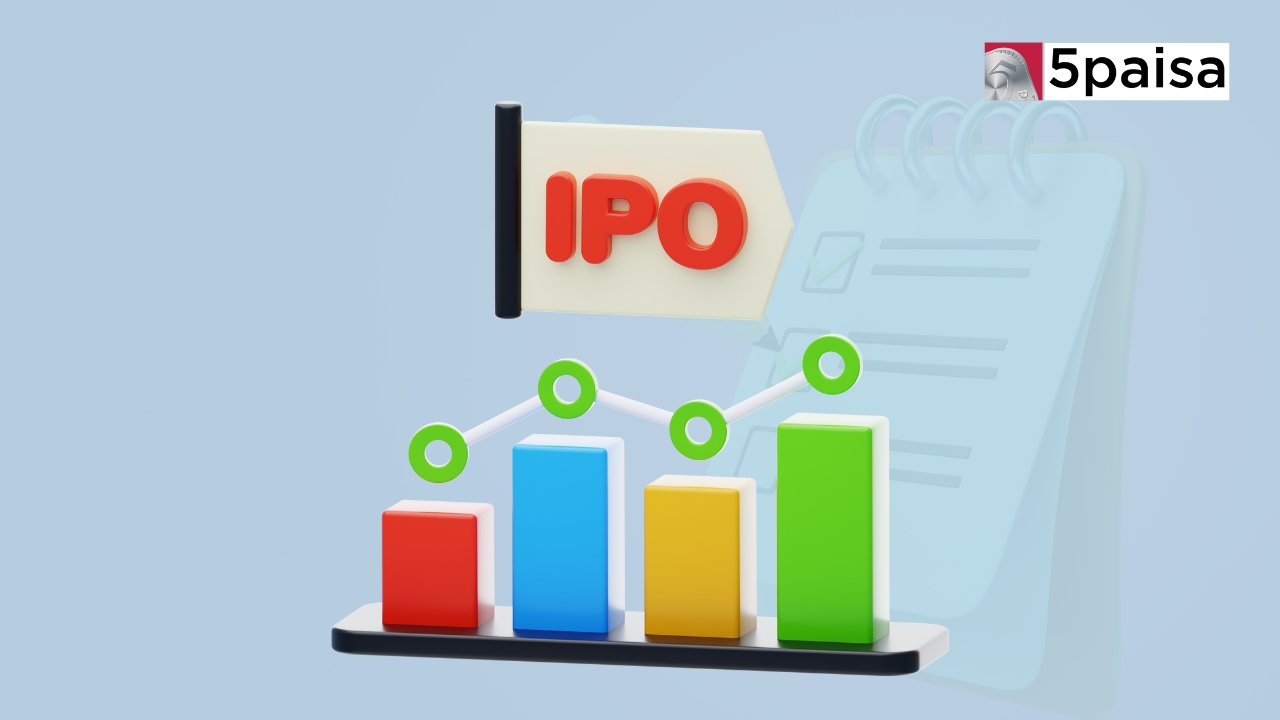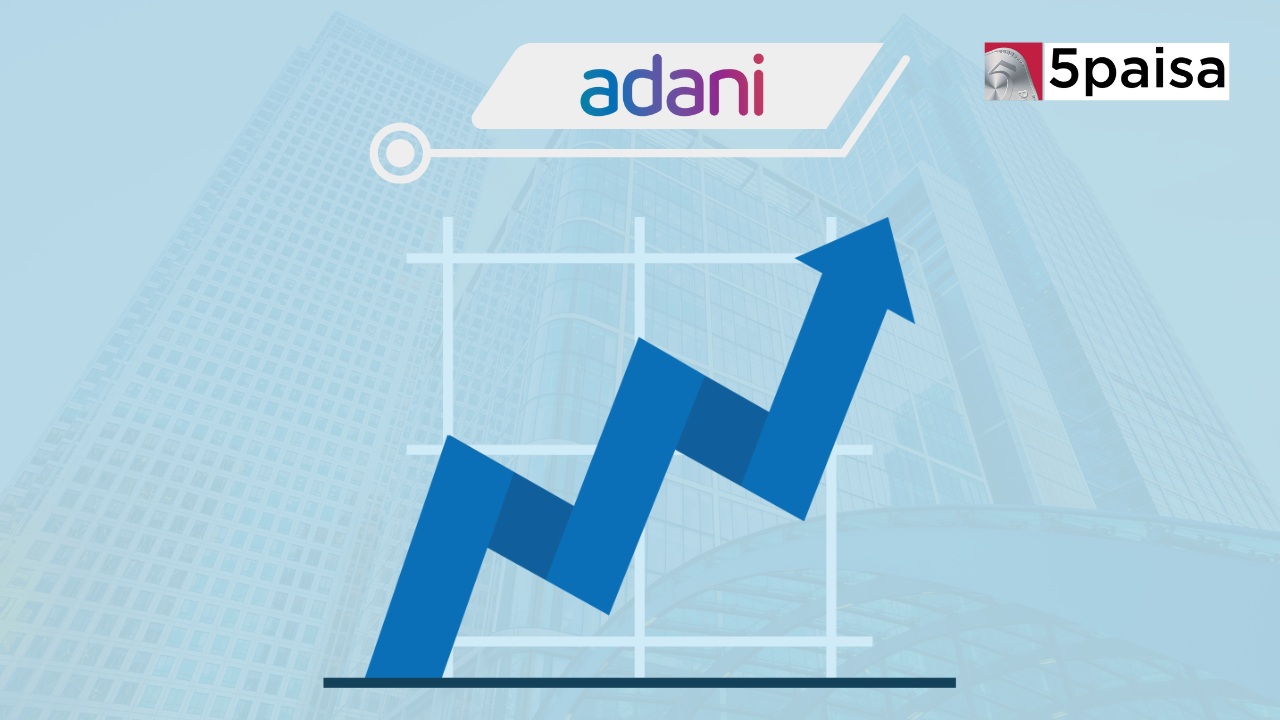DSP Business Cycle Fund Direct (G) : NFO Details
India Inc profits for Q2FY23 are lower by 24% ex-banks

Last Updated: 13th December 2022 - 08:42 am
These are still early days for Q2FY23 results, but most of the large industrial houses have already announced their results. At least we have enough numbers to get a good approximation of how the larger picture looks like. The broad theme is that most of the profit support this quarter has come from the banks and financials followed by the IT companies. However, even including these banks and IT companies, the profit growth for the companies that announced results so far has been much lower than the sales growth for the quarter. Clearly, the pressure is coming from the bottom line in Q2FY23.
A recent study conducted by the Mint newspaper of the 432 non-banking companies that announced results showed interesting results. While net sales grew at a robust 30% on a yoy basis, the earnings before interest, tax, depreciation and amortization (EBITDA) actually fell -8.3% on a yoy basis, a classic story of the higher operating costs led by manpower costs and raw material costs hitting bottom line. What is more, the net profits for this sample is down by -24% and that is largely on account of a sharp spike in the interest costs of Indian corporates amidst rising interest rates leading to a spike in the cost of funds.
A deeper analysis reveals that the cost impact is direct and indirect and some of the pressure is not yet visible in the profit and loss account but only if you look at the cash flow statement. For instance, there is pressure on profitability due to high-cost inventories that companies are carrying. In addition, there is more funding locked up in the working capital cycle as companies are locking more funds into inventories and a spike in trade receivables is also putting pressure on their working capital. Of course, these problems are likely to get mitigated once the commodity prices taper, but that is still a few quarters away.
There are wide sectoral differences or variations as you can call it. For instance, banks and information technology companies have reported strong earnings growth. At the same time, metals, cement and several industrials have seen tremendous pressure on account of higher input costs. Coking coal has been a big factor in the case of steel companies while power and fuel costs are the bane for cement companies. It has led most of the steel and cement companies to either report a sharp drop in profits or even a dip into losses in the Q2FY23 quarter. Even sectors like chemicals and pharma have seen input cost pressure in Q2FY23.
In most of the cyclical companies, the crux of the problem is that the realizations have been unable to keep pace with costs. This has resulted in the profitability coming under pressure even in the face of very strong revenue growth. A number of sectors saw pressure on account of weak rural demand with the consumer sectors being the worst hit on account of this factor. However, banks have actually stood out in the quarter. Thanks to rising rates, their yields on loans and investments outpaced the rise in cost of funds. At the same time, with the improving metrics, the provisions for doubtful assets have sharply come down.
However, most analysts see room for optimism in the coming quarters. There are several reasons for that. Firstly, the solid Rabi crop is likely to make up for the Kharif shortfall due to overflowing reservoirs. That will give a back-ended boost to rural demand. The commodity price tapering has started and that is likely to percolate into lower costs across the board. Hopefully, if the Ukraine issue is resolved, a lot of the food and fuel inflation should taper. Lastly, this is the festive season quarter when demand and buying is at the peak. That is the best time to plot the revival of the business. Things may just about get better from here.
Read: What to expect from India Inc’s financial performance in Q2
Some are betting on more short term factors giving a boost to next quarter earnings like the liquidation of high-cost inventory which should catalyse the easing of margin pressures. In most cases, volumes have been flat to positive while pricing power is still prominent. That is good news. However, it cannot be gainsaid that some of the export-oriented sectors could remain under stress due to weak global demand. Even IT sector may remain under pressure due to reduced tech spending in the coming months. Overall, Q2FY23 has been a tough quarter till now. However, things should only get better from here; that is the hope.
Trending on 5paisa
Discover more of what matters to you.
Indian Market Related Articles
Disclaimer: Investment in securities market are subject to market risks, read all the related documents carefully before investing. For detailed disclaimer please Click here.
 5paisa Research Team
5paisa Research Team





